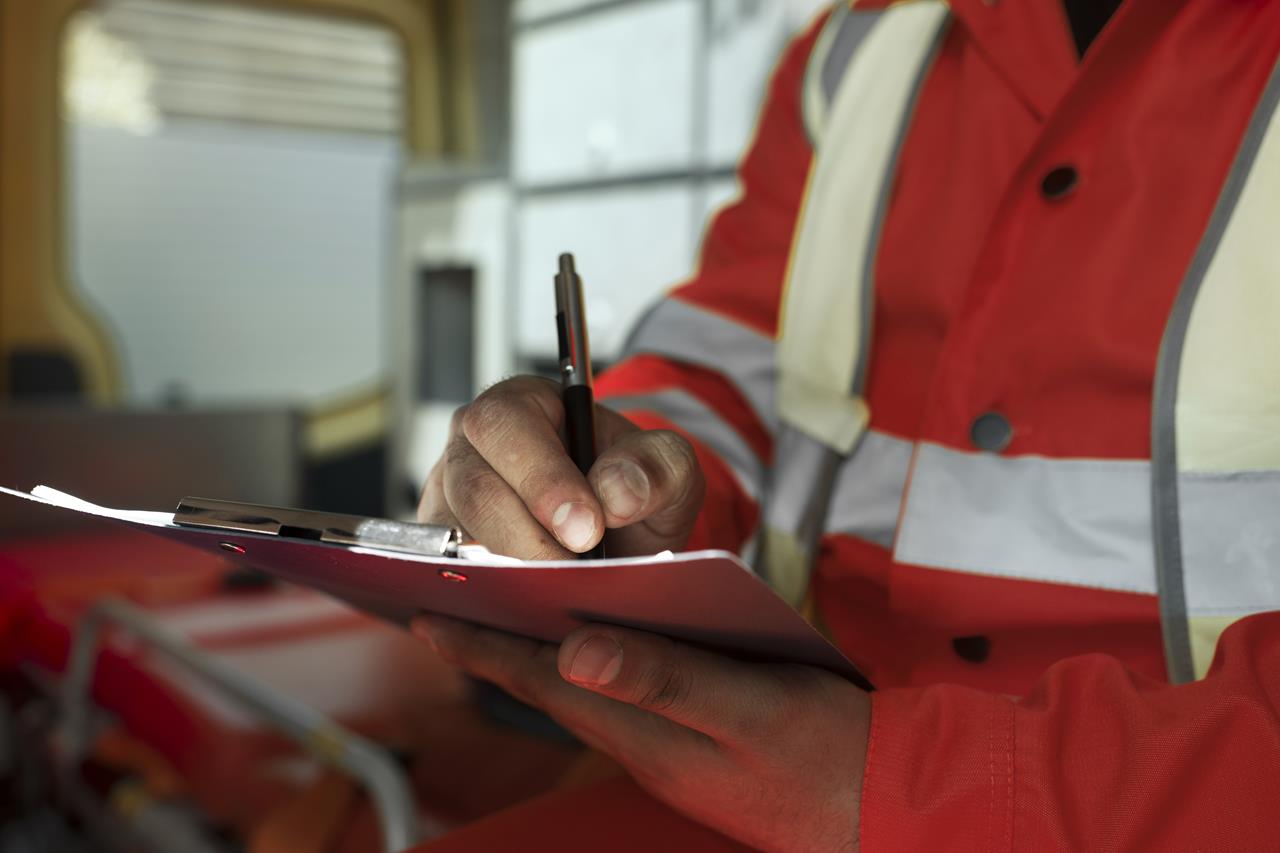Workplace safety is crucial for ensuring the well-being of employees and the smooth operation of businesses.
Workplace accidents can have significant impacts on both employees and employers, including physical harm and financial loss.
Understanding Workplace Accidents and Incidents
Workplace accidents and incidents, though often used interchangeably, have distinct meanings.
An accident is an event that causes harm or damage, such as a fall resulting in injury. An incident, on the other hand, refers to near misses that could have resulted in harm but did not, such as a slip without a fall. Understanding these differences is essential for proper reporting and preventive measures.
Examples of workplace accidents include machinery malfunctions causing injuries, slips, trips, and falls, or chemical spills leading to burns or respiratory issues. Incidents may include situations like near-miss falls or the unintentional release of hazardous substances without causing harm.
Properly differentiating and addressing these events helps in creating a safer work environment and minimizing future risks. If you need legal help in this case, visit this website.

Immediate Response to Workplace Accidents
The immediate response to workplace accidents is critical in mitigating harm and ensuring the safety of all involved. Here is a step-by-step guide to follow:
- Call 911 for critical injuries or fatalities to ensure prompt medical assistance and necessary emergency services.
- Administer first aid if it is safe to do so. Having trained first aid responders on-site is crucial for providing immediate care.
- Secure and manage the scene to prevent further injuries or damage. This includes cordoning off the area and ensuring no one else is exposed to potential hazards.
Notify required parties such as the Joint Health and Safety Committee (JHSC), Workplace Safety and Insurance Board (WSIB), Ministry of Labour, Immigration, Training and Skills Development (MLITSD), Union representatives, and the Police if necessary. Timely notification ensures that proper protocols are followed, and legal requirements are met.
Investigation and Reporting
Investigating workplace accidents and incidents is vital for understanding the causes and preventing future occurrences. Here are the steps for an effective investigation:
- Gather evidence from the scene, including photographs, equipment logs, and any physical materials involved in the accident.
- Interview witnesses to gather firsthand accounts and perspectives on what happened. It helps in reconstructing the event accurately.
Determine immediate and root causes by analyzing the evidence and witness statements. Immediate causes are the direct reasons for the accident, while root causes are underlying issues that contributed to it.

Reporting the Findings
Once the investigation is complete, it is essential to report the findings in a structured and detailed manner.
It involves using specific templates and forms mandated by various regulatory bodies such as the Workplace Safety and Insurance Board (WSIB) and the Ministry of Labour, Immigration, Training and Skills Development (MLITSD).
These forms typically require detailed information about the accident, including the date, time, and location of the incident, descriptions of injuries sustained, and a narrative of how the accident occurred.
Comprehensive reporting is not just about filling out forms; it’s about providing a complete and accurate account of the incident. This ensures that all relevant details are documented, which is critical for legal compliance.
Failure to report accurately can result in legal penalties, fines, and further scrutiny from regulatory agencies. Moreover, thorough reporting helps in identifying trends and common factors in workplace accidents, which can be addressed to prevent future incidents.

